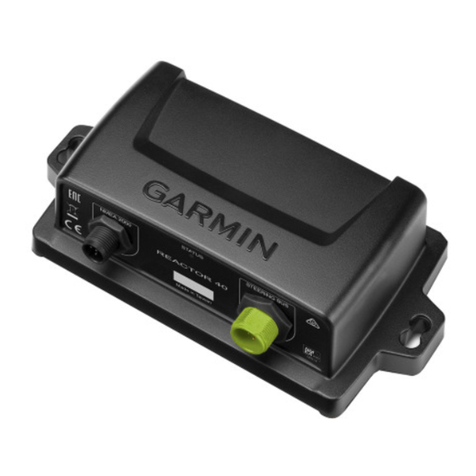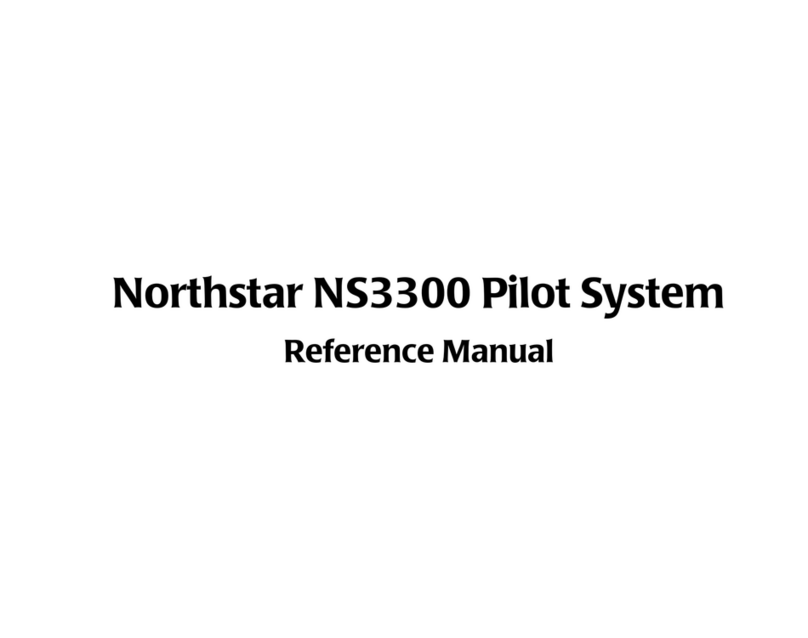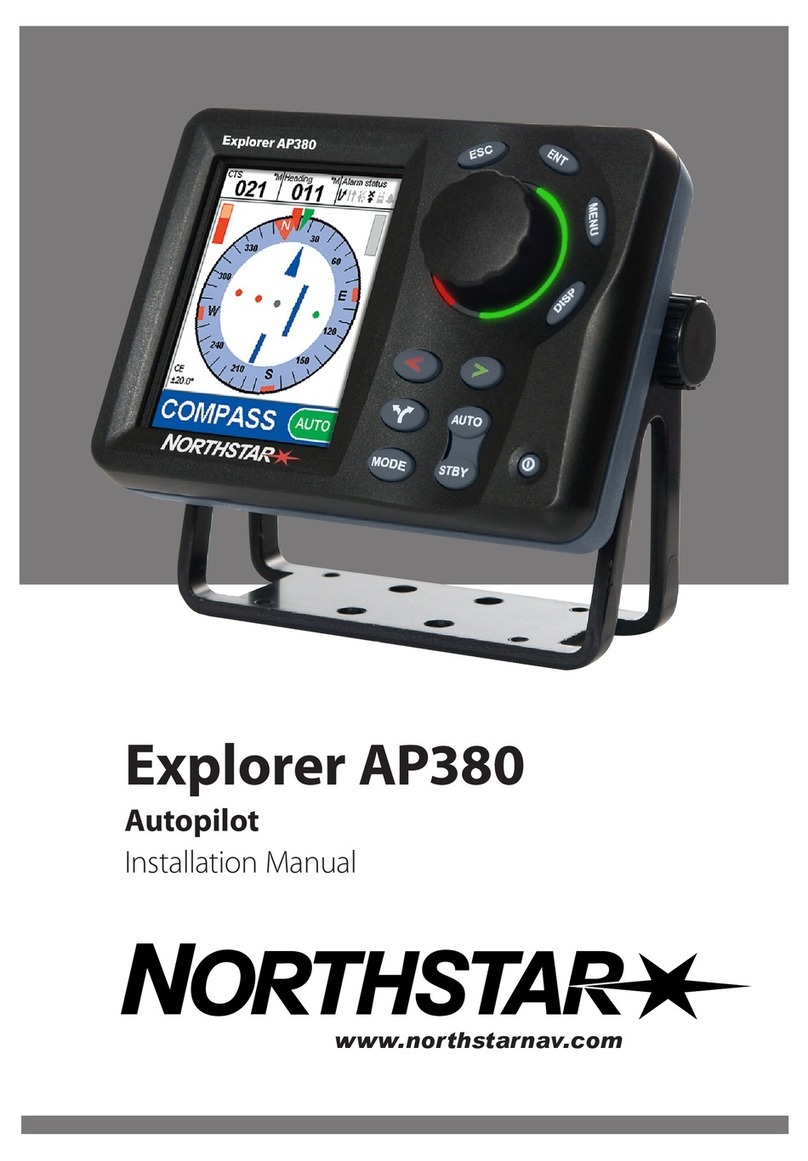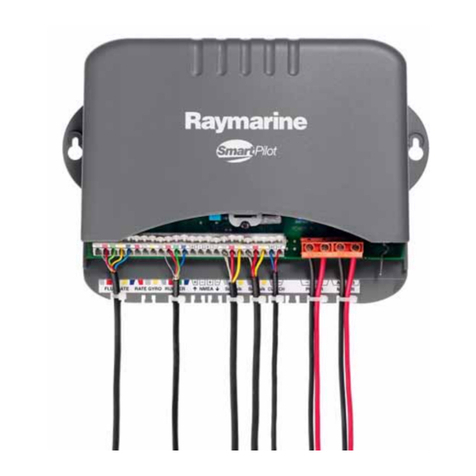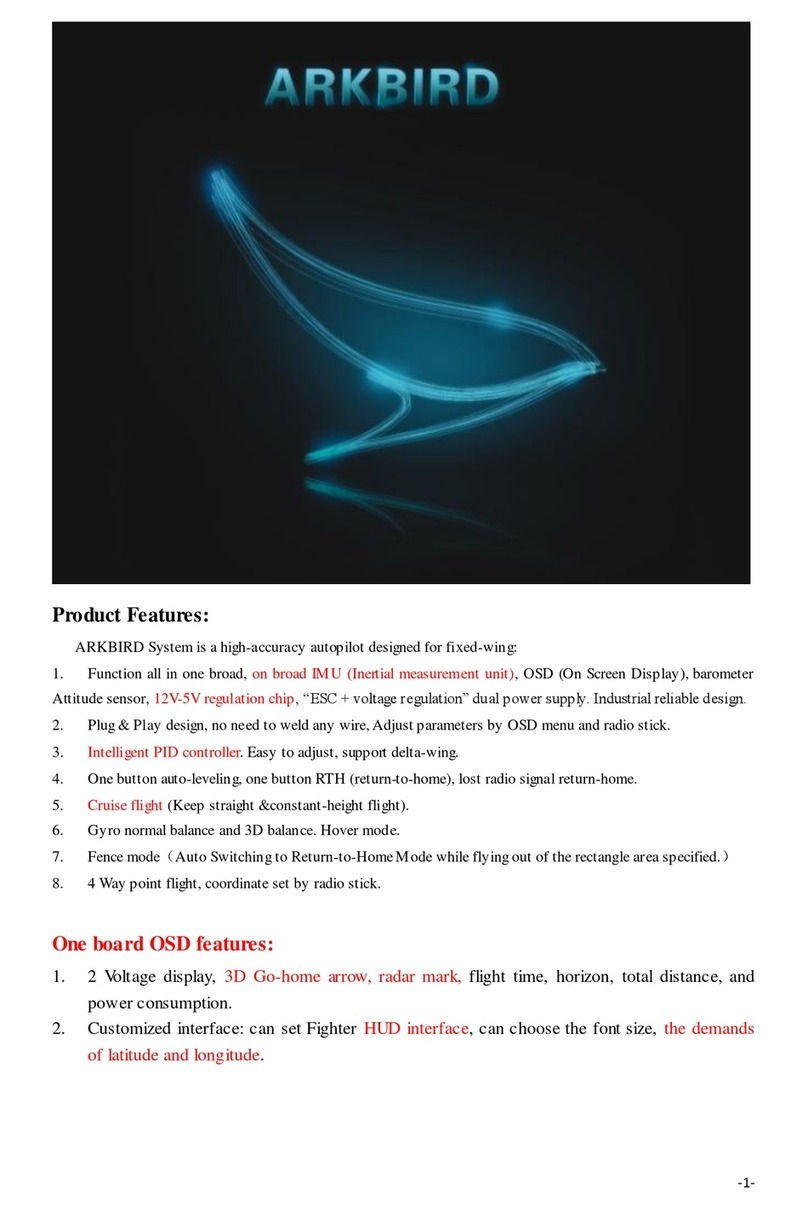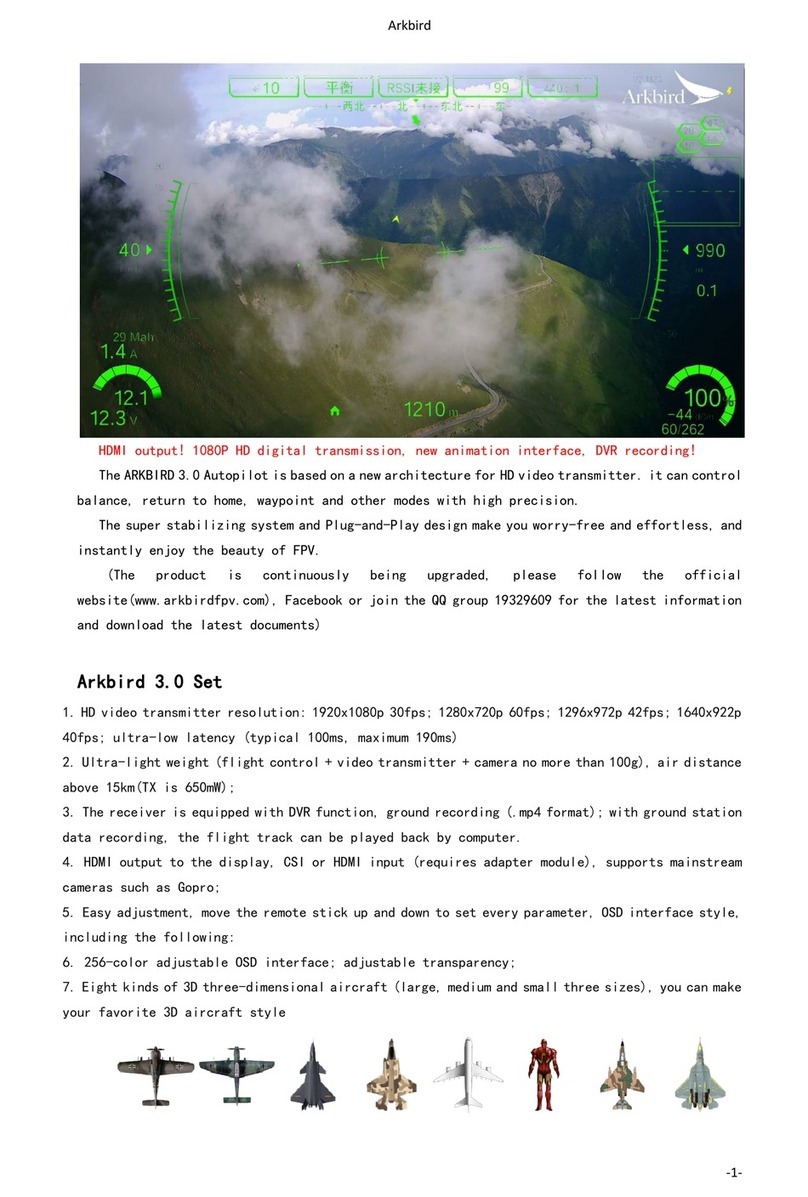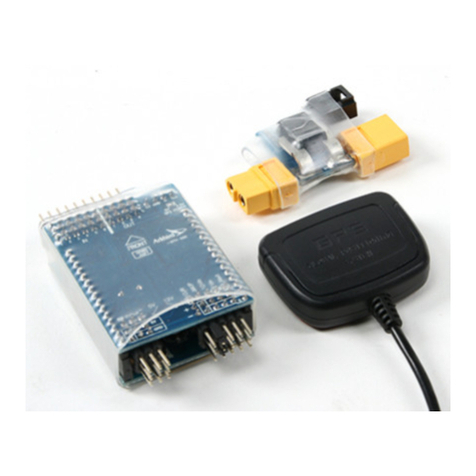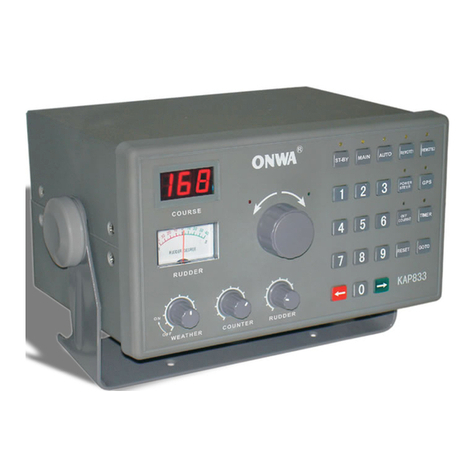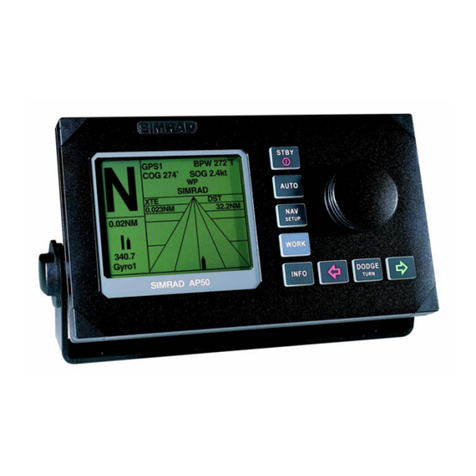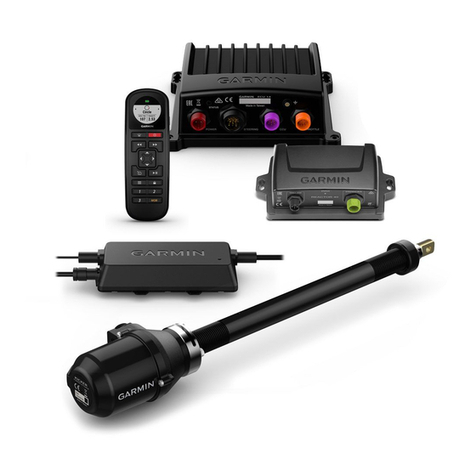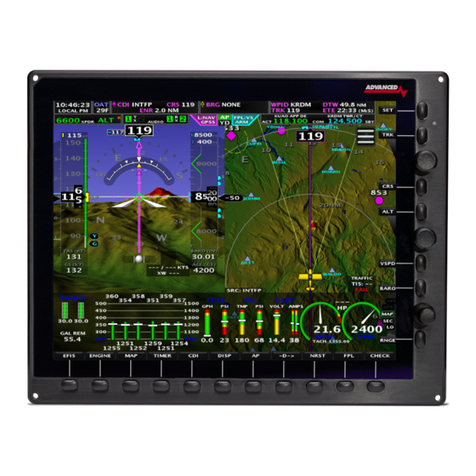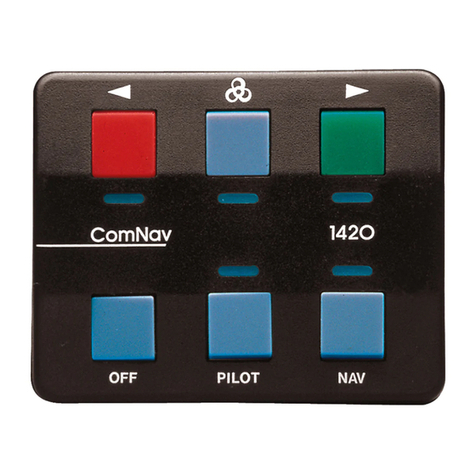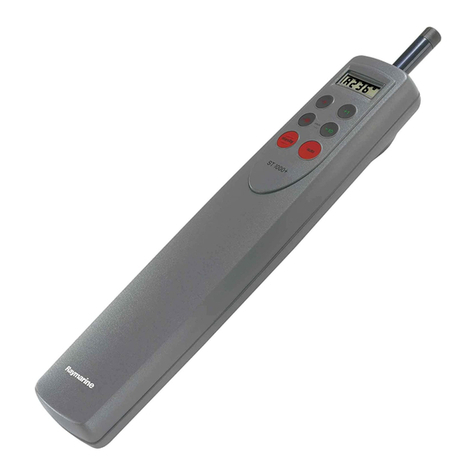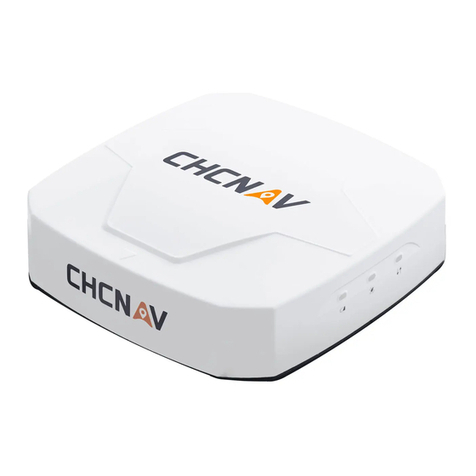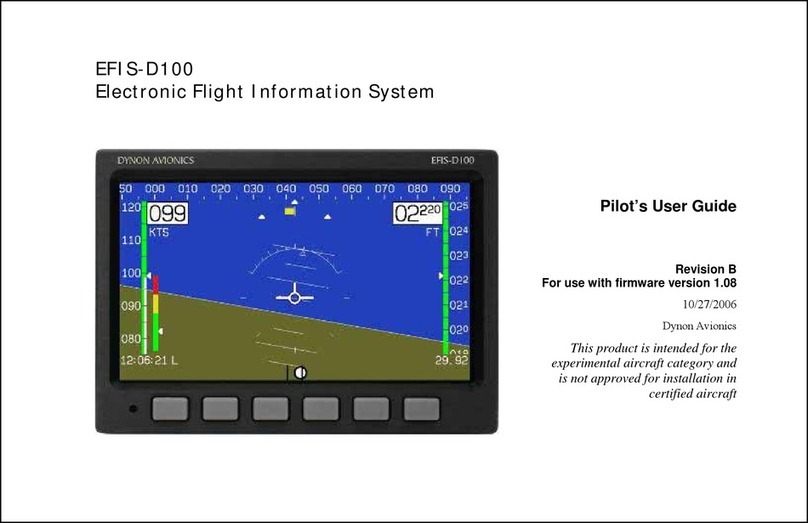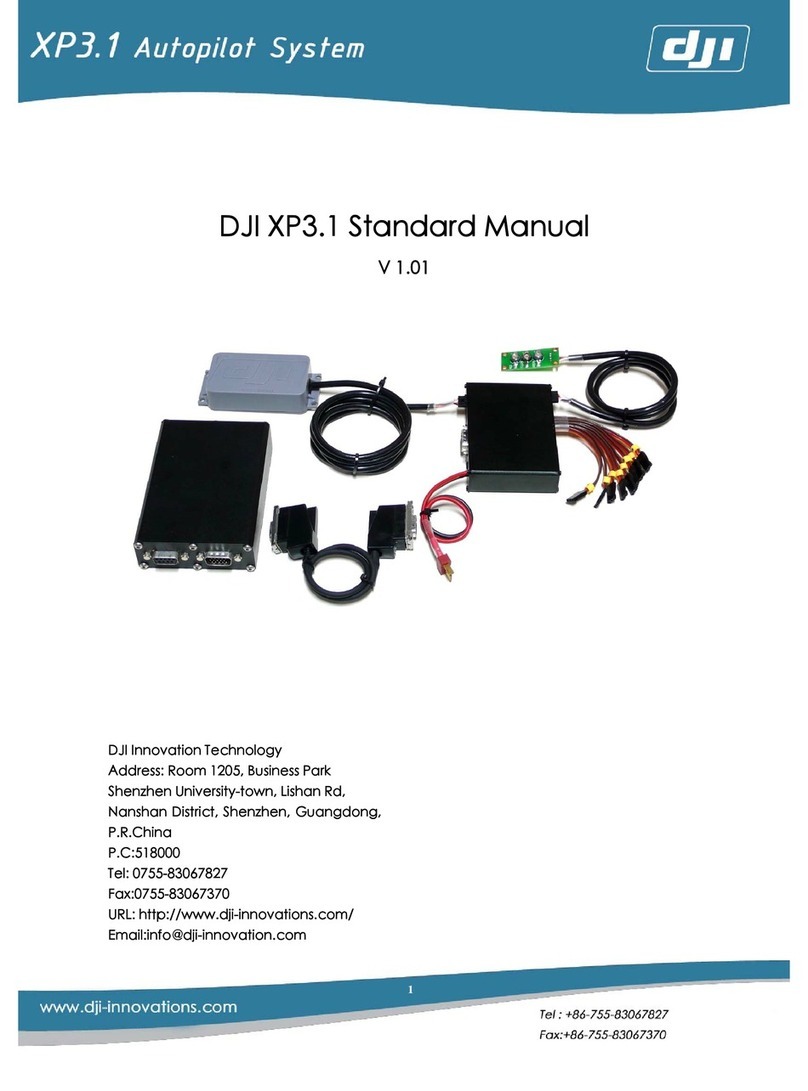
-2-
5. Adjust parameters by OSD menu and radio stick.
6. Power & Video voltage, Go-home direction, radar mark, flight time, horizon, total distance, and power
consumption, etc, can be displayed on Screen.
7.One button auto-leveling, stick back to center, plane can fly levelly.
8. One button RTH (return-to-home), lost radio signal return-home.
12Extended functions Meets all you need
Launch Assist Run up with aircraft in hands, when the speed is higher than 5kmph, the throttle will start
output and automatically control the take-off.
Fence mode Out of rectangle area or safe height, it returns automatically, best helper for beginner
Waypoint Mode It is able to trace the Way Point Set by menu.
Hover mode Regard the hover position as balance position, nose up and keep steady
Cruise flight Keep a straight & constant-height flight.
Flap control Lower the flap surface automatically when speed is insufficient.
Butterfly brake Mixed control Make the fly wing change its direction smoothly without aileron inclining
Flight Record Records the time, voyage, data of power consumption and various maximum records of the
flights.
Gyro Mode It will do compensation for unintentional attitude changes to keep 3D angle status.
PTZ output When the flight is tilting, channel 5&6 will give an opposite compensation, so as to level the
camera.
Semi-Balance Mode When the CH1 and CH2 of rocker is less than 50%, the plane is in Balance Mode. When the
rocker is more than 50%, the plane is in Gyro Mode.
This function allows you making a turn with a large dip angle, even vertical rise and roll or other actions. After
finished these actions, you only need to move the stick to the center to make the plane back.
VTOL plane A unique fpv fixed wing plane with vertical taken off and landing function
Demonstration of Arkbird VTOL Mode:
https://www.youtube.com/watch?v=uQibL09skJ8
